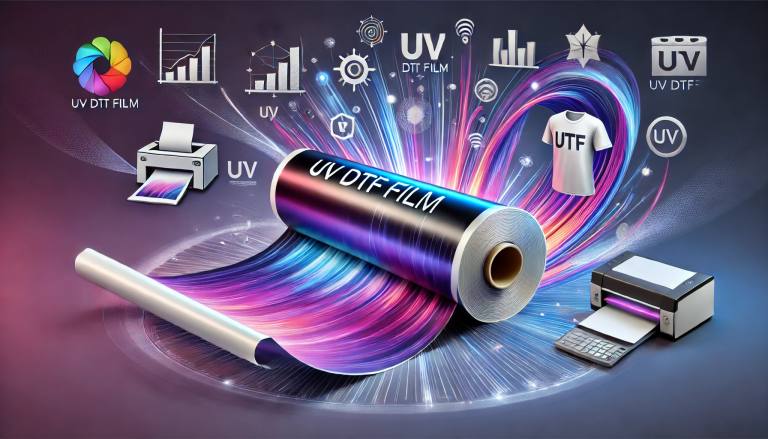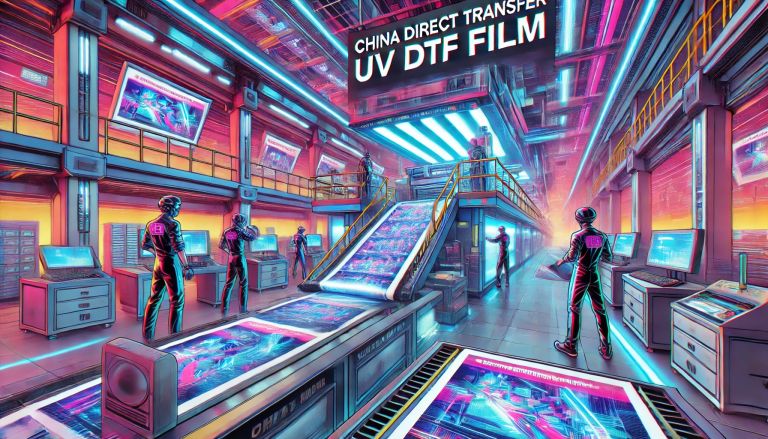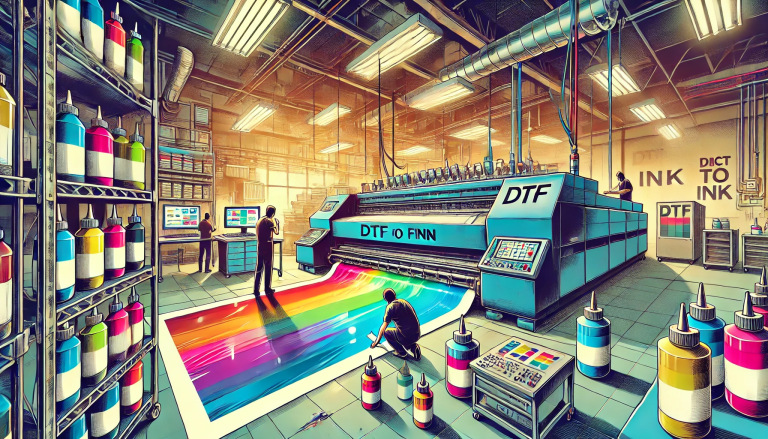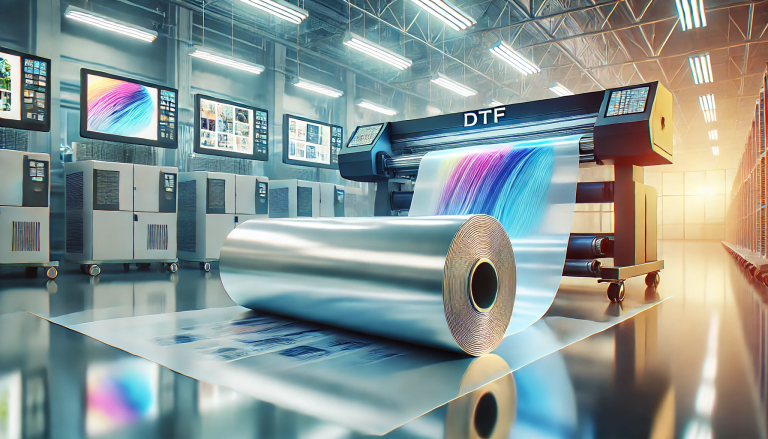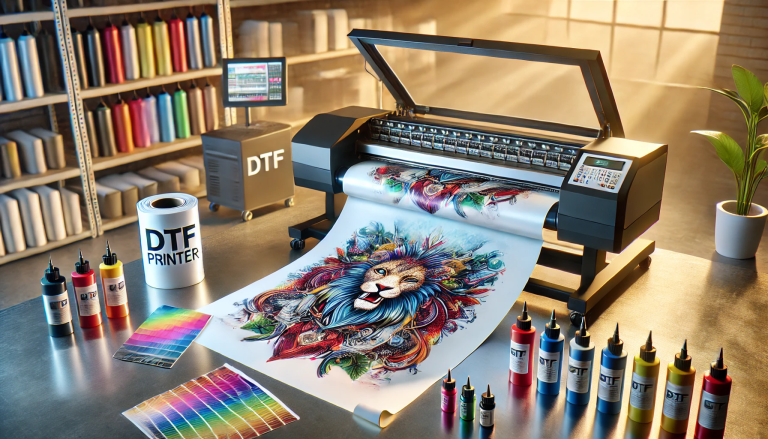“Is UV DTF Film Reusable? A Comprehensive Analysis” -MAXDTF- Direct Transfer UV DTF Film Wholesale, Direct to Transfer UV DTF Decal Factory, Made in China
Introduction
In the ever-evolving world of print technology, UV DTF (Direct-to-Film) is one of the latest additions that has caused a stir in the industry. Known for its ability to print vivid, long-lasting designs on a variety of materials, UV DTF has been embraced by many businesses and individuals alike. One question that often arises concerning UV DTF technology is whether the film used in the process is reusable. In this blog post, we’ll explore this question in detail, discussing what UV DTF film is, its usage, its reusability, benefits and limitations, and sustainability concerns.
Part 1: What is UV DTF Film?
UV DTF, or Ultraviolet Direct to Film, is a relatively new printing method that uses ultraviolet light to instantly dry or ‘cure’ ink on a specially prepared film. This technology allows for high-resolution, full-color designs to be printed directly onto a range of surfaces such as textiles, metal, glass, and plastic.
The UV DTF film is the medium onto which the designs are initially printed before being transferred to the desired substrate. It acts as a temporary holding surface for the design until it is ready to be transferred.
Part 2: The Use of UV DTF Film
UV DTF film is primarily used in the UV DTF printing process. The film is coated with a specialized adhesive which becomes activated under heat. The design is printed onto the film, and then the film is placed onto the desired substrate. Through the application of heat and pressure, the design is transferred from the film onto the substrate, leaving a vibrant, durable print.
The UV DTF film plays a crucial role in this process, as it allows for precise application of the design, and its adhesive properties ensure the design adheres securely to the substrate.
Part 3: Is UV DTF Film Reusable?
A straightforward answer to this question is no, UV DTF film is not reusable. The reason for this is simple: once a design has been printed onto the film and transferred to a substrate, the film is left devoid of any ink or design. The heat activated adhesive is also spent in the process, leaving the film unable to adhere a new design to a substrate.
It’s also essential to note that attempting to print a second design onto a used piece of UV DTF film could lead to quality issues, as remnants of the adhesive and potentially ink could interfere with the new design.
Part 4: Benefits and Limitations of UV DTF Film
UV DTF Film comes with a host of benefits:
- Versatility: It can be used to print onto a wide range of substrates, including fabrics, ceramics, glass, and metal.
- Quality: UV DTF prints are known for their high-resolution, vibrant colors, and excellent durability.
- Speed: The use of UV light to cure the ink makes this a very rapid printing method, increasing production speed.
However, it does have some limitations:
- Non-reusability: As mentioned earlier, the film cannot be reused after a design has been transferred.
- Cost: The cost of UV DTF film can be high, particularly for smaller businesses or hobbyists.
Part 5: Sustainability Concerns
The single-use nature of UV DTF film raises sustainability concerns. Since the film cannot be reused, it results in waste after each print, contributing to environmental pollution. It’s crucial for companies and individuals using UV DTF technology to responsibly dispose of or recycle used film where possible, and to consider this factor when deciding whether this printing method aligns with their environmental policies.
Conclusion
While UV DTF film offers an impressive range of benefits from versatility to high-quality outputs, its non-reusability is a crucial factor to consider. This characteristic not only influences cost-efficiency but also impacts sustainability. As with all technologies, it’s important to weigh these factors according to your specific needs and values, and to seek out innovations that continue to push for environmentally-friendly printing solutions.

